

Articles
How To Store Shredded Coconut
Modified: December 7, 2023
Learn how to store shredded coconut and keep it fresh for longer with these helpful articles. Find tips, tricks, and proper storage methods to ensure your coconut stays flavorful and ready to use
(Many of the links in this article redirect to a specific reviewed product. Your purchase of these products through affiliate links helps to generate commission for Storables.com, at no extra cost. Learn more)
Introduction
Welcome to our guide on how to store shredded coconut. If you’re a fan of this delicious ingredient, you know that the quality of shredded coconut can deteriorate if not stored properly. Whether you use shredded coconut in baking, cooking, or as a topping for your favorite desserts, knowing how to store it will ensure that it maintains its freshness and flavor for longer periods.
Shredded coconut, also known as desiccated coconut, is made by grating the flesh of mature coconuts. It is a versatile ingredient that adds a delightful tropical flavor and texture to a wide range of dishes. However, without the right storage techniques, shredded coconut can become rancid, lose its moisture, and develop an unpleasant taste.
In this article, we will explore the benefits of storing shredded coconut, factors to consider before storing it, and proper storage techniques to keep it fresh for an extended period. By following these tips and tricks, you can enjoy the delicious taste and aroma of shredded coconut whenever you need it.
Key Takeaways:
- Proper storage of shredded coconut extends its shelf life, saves money, and ensures fresh, flavorful coconut for convenient use in various recipes, reducing food waste and enhancing culinary experiences.
- Choosing the right container, keeping the coconut dry, controlling temperature and humidity, avoiding light exposure, and checking for spoilage are essential steps in preserving the quality of shredded coconut for long-term enjoyment.
Read more: How To Store Coconut Macaroons
Benefits of Storing Shredded Coconut
Storing shredded coconut properly comes with several benefits that make it a worthwhile practice for any coconut lover. Here are some of the advantages of storing shredded coconut:
- Extended Shelf Life: One of the primary benefits of storing shredded coconut is that it helps extend its shelf life. When stored correctly, shredded coconut can last for several months, allowing you to have it on hand whenever you need it for your recipes.
- Cost-Effective: Buying shredded coconut in bulk and storing it properly can save you money in the long run. Instead of constantly purchasing small quantities of shredded coconut, you can take advantage of bulk discounts and have a steady supply that lasts longer.
- Freshness and Flavor: Proper storage techniques help preserve the freshness and flavor of shredded coconut. This means you can enjoy the vibrant taste and aroma of coconut in your recipes, enhancing their overall quality.
- Convenience: Storing shredded coconut allows for greater convenience in meal preparation. Having it readily available means you can easily incorporate it into your favorite dishes, such as curries, desserts, smoothies, and granola bars, without the need for a trip to the store.
- Reduces Food Waste: By storing shredded coconut properly, you can avoid unnecessary waste. It prevents the coconut from spoiling, ensuring that you use every last bit, reducing food waste and saving money in the process.
Now that we’ve explored the benefits of storing shredded coconut, let’s dive into the key factors you should consider before storing it.
Factors to Consider Before Storing Shredded Coconut
Before you start storing shredded coconut, there are a few important factors to take into consideration. These factors will help you determine the most suitable storage methods and ensure that your shredded coconut stays fresh for as long as possible. Here are the key factors to consider:
- Quality of Shredded Coconut: The quality of the shredded coconut you purchase will impact its shelf life. It is essential to choose high-quality shredded coconut that is fresh, with no signs of mold or moisture. Fresh shredded coconut will generally last longer.
- Packaging: The packaging of shredded coconut plays a crucial role in its storage. Opt for brands that offer sealed packaging to maintain freshness. If you purchase shredded coconut in bulk without proper packaging, transfer it to a suitable container that provides an airtight seal.
- Storage Environment: The environment where shredded coconut is stored can greatly affect its quality and shelf life. Factors such as temperature, humidity, and exposure to light can impact the coconut’s freshness. Keep shredded coconut away from heat sources and ensure the storage area is cool, dry, and dark.
- Usage Frequency: Consider how frequently you use shredded coconut in your recipes. If you use it frequently, storing smaller portions may be more practical. This ensures that you always have fresh shredded coconut on hand and reduces the likelihood of waste.
By taking these factors into account, you can make informed decisions about storing shredded coconut and choose the most suitable storage techniques for your needs. In the next section, we will explore the proper storage techniques to keep shredded coconut fresh.
Proper Storage Techniques for Shredded Coconut
To ensure that your shredded coconut remains fresh and flavorful, it’s important to follow proper storage techniques. By implementing these techniques, you can extend the shelf life of your shredded coconut and maintain its quality. Here are the key steps to follow:
- Choosing the Right Container: Transfer your shredded coconut to an airtight container to prevent exposure to air, moisture, and pests. Glass jars or plastic containers with tight-fitting lids work well for this purpose. Make sure the container is clean and dry before transferring the shredded coconut.
- Keeping the Coconut Dry: Moisture is the enemy of shredded coconut storage. Ensure that the coconut is completely dry before storing it. Any moisture can lead to clumping and spoilage. You can spread the shredded coconut on a clean kitchen towel or paper towel to air dry for a few hours before storing.
- Controlling Temperature and Humidity: Shredded coconut should be stored in a cool, dry place, away from direct sunlight and heat sources like the stove or oven. Avoid storing it in the refrigerator, as the fluctuating temperature and humidity can cause condensation, leading to moisture absorption by the coconut.
- Avoiding Exposure to Light: Light can cause the quality of shredded coconut to deteriorate. Store the container in a dark or opaque cupboard or pantry to shield it from light exposure. If the container is transparent, you can further protect the shredded coconut by wrapping it in aluminum foil or placing it inside a dark-colored bag.
- Freezing Shredded Coconut: If you won’t be using the shredded coconut for an extended period, consider freezing it. Place smaller portions of shredded coconut in airtight freezer bags or containers, removing as much air as possible. Frozen shredded coconut can last for up to 6 months, but it’s important to thaw it properly before use by letting it come to room temperature.
- Checking for Spoilage: Regularly inspect your stored shredded coconut for signs of spoilage, such as a rancid smell, mold, or discoloration. If you notice any of these signs, discard the coconut immediately. It’s better to be safe than sorry when it comes to consuming spoiled coconut.
By following these proper storage techniques, you can ensure that your shredded coconut stays fresh and ready to use whenever you need it. In the next section, we will conclude our guide on storing shredded coconut.
Choosing the Right Container
When it comes to storing shredded coconut, choosing the right container is essential to maintain its freshness and prevent exposure to air, moisture, and pests. Here are some tips to help you choose the right container:
- Airtightness: Opt for a container with an airtight seal to prevent oxygen from entering and causing the shredded coconut to spoil. Containers with tight-fitting lids or jars with rubber gaskets work well to create a seal that keeps the coconut fresh.
- Material: Consider the material of the container. Glass jars are an excellent choice as they are non-reactive and do not absorb odors or flavors. Plastic containers with tight-fitting lids are also suitable, but ensure they are food-grade and labeled as BPA-free.
- Size: Choose a container that matches the amount of shredded coconut you typically use. It’s better to have multiple smaller containers than one large container, as opening a large container frequently can introduce additional air and moisture.
- Transparency: If you opt for a transparent container, remember that light can degrade the quality of shredded coconut. If possible, wrap the container in aluminum foil or place it in a dark-colored bag to protect it from light exposure.
- Reusability: Consider the reusability of the container. Look for containers that are durable and easy to clean. This allows you to reuse the container for storing shredded coconut or other ingredients in the future, reducing waste.
Before using the container, ensure it is clean and dry. Wash it with warm, soapy water and rinse thoroughly. Allow the container to air dry completely before transferring the shredded coconut to prevent any moisture from being trapped inside.
By choosing the right container, you can create an optimal storage environment for your shredded coconut, maximizing its shelf life and preserving its quality.
Next, we will discuss the importance of keeping the shredded coconut dry.
Read more: How To Store Shredded Zucchini
Keeping the Coconut Dry
Keeping the shredded coconut dry is crucial in ensuring its freshness and preventing clumping or spoilage. Moisture can lead to the growth of mold or make the coconut lose its texture and taste. Here are some tips to help you keep the shredded coconut dry:
- Air Drying: Before storing the shredded coconut, make sure it is completely dry. You can spread the shredded coconut on a clean kitchen towel or paper towel and let it air dry for a few hours. This step is especially important if the shredded coconut has any moisture from the packaging or preparation process.
- Moisture Absorbers: Consider using moisture absorbers, such as silica gel packets or food-grade desiccants, to keep the shredded coconut dry. You can place a few packets inside the container with the coconut to absorb any excess moisture and maintain its dryness. Just make sure the moisture absorbers are food-safe and not in direct contact with the coconut.
- Avoiding Condensation: Condensation can occur when there are temperature fluctuations, especially if the shredded coconut is taken in and out of the refrigerator. To avoid condensation, allow the shredded coconut to come to room temperature before opening the container. This helps prevent moisture from forming on the coconut due to the temperature difference.
- Keep Away from Liquids: Store the shredded coconut away from any liquids or high-moisture ingredients, as they can transfer moisture to the coconut and make it soggy. Ensure the container is tightly sealed and kept in a separate area from any other ingredients that may contain liquid.
By following these tips, you can effectively keep the shredded coconut dry and maintain its quality throughout the storage period. Remember to check for any signs of moisture or clumping when you open the container, and discard the coconut if you notice any undesirable changes.
Next, we will discuss the importance of controlling temperature and humidity in the storage environment.
Store shredded coconut in an airtight container in a cool, dry place, away from direct sunlight. It can also be stored in the refrigerator or freezer for longer shelf life.
Controlling Temperature and Humidity
Controlling the temperature and humidity in the storage environment is crucial for maintaining the freshness of shredded coconut. Here are some key considerations to help you control these factors:
- Temperature: Shredded coconut should be stored in a cool environment, away from direct sunlight and heat sources. The ideal temperature for storing shredded coconut is around 70 degrees Fahrenheit (21 degrees Celsius). Avoid storing it in areas that experience temperature fluctuations, such as near the stove or oven.
- Humidity: High humidity can cause shredded coconut to become moist and clump together, reducing its quality. Aim to store shredded coconut in a low humidity environment, ideally with a humidity level below 50%. The pantry or a cool, dry cupboard is typically a suitable location.
- Avoid Refrigeration: While refrigeration may seem like a logical choice, it is not recommended for storing shredded coconut. The fluctuating temperature and humidity inside a refrigerator can cause condensation to form, leading to moisture absorption by the coconut. This can result in a loss of flavor and texture.
- Separate from Other Produce: When storing shredded coconut, it’s best to keep it separate from other produce, especially fruits and vegetables that release ethylene gas. Ethylene gas can accelerate the ripening process and cause the coconut to spoil more quickly. Optimal storage involves keeping shredded coconut in a dedicated space, away from other produce items.
By controlling the temperature and humidity in the storage environment, you can prevent moisture absorption and the deterioration of shredded coconut. This ensures that your shredded coconut remains dry, flavorful, and ready to use whenever you need it.
Next, we will discuss the importance of avoiding exposure to light when storing shredded coconut.
Avoiding Exposure to Light
Protecting shredded coconut from exposure to light is crucial in preserving its quality and preventing degradation. Light exposure can lead to the loss of flavor, color, and nutritional value of the coconut. Here are some tips to help you avoid exposure to light when storing shredded coconut:
- Choose an Opaque Container: When selecting a container for storing shredded coconut, opt for one that is opaque or dark-colored. This will help block out any light that may come into contact with the coconut. If you already have a transparent container, you can wrap it in aluminum foil or place it inside a dark-colored bag to shield the coconut from light.
- Store in a Dark Place: Find a storage location that is dark, such as a pantry or cupboard, where the shredded coconut can be kept away from direct light. Avoid placing the container near windows or in areas that are exposed to bright artificial light sources.
- Avoid Transparent Packaging: If you buy shredded coconut in packaging that is transparent or translucent, consider transferring it to an opaque container for long-term storage. Exposure to light through transparent packaging can accelerate the degradation process of the coconut.
By taking these precautions, you can help maintain the flavor, texture, and nutritional value of shredded coconut by preventing light-induced deterioration. Keep in mind that the cooler, darker, and more isolated the storage area is, the better the conditions for preserving the coconut’s quality.
Next, we will explore the option of freezing shredded coconut for long-term storage.
Freezing Shredded Coconut
Freezing shredded coconut is a great option if you want to extend its shelf life beyond the typical storage methods. Freezing can help maintain the freshness and quality of shredded coconut for an extended period. Here are the steps to properly freeze shredded coconut:
- Divide into Portions: Divide the shredded coconut into smaller portions based on your usage needs. This allows you to thaw only the amount you need without having to defrost the entire batch every time.
- Packaging: Place each portion of shredded coconut in an airtight freezer bag or container. Squeeze out excess air before sealing the bag to minimize moisture exposure. Ensure the packaging is moisture-proof to prevent freezer burn.
- Label and Date: Label each package with the date of freezing to keep track of its freshness. This will help you use the shredded coconut within a reasonable time frame and avoid potential waste.
- Freezing: Place the labeled packages in the freezer, making sure they are placed in a flat position for even freezing. Avoid stacking the bags or containers until they are completely frozen to prevent them from clumping together.
- Thawing: When you’re ready to use the frozen shredded coconut, transfer the desired portion to the refrigerator and allow it to thaw slowly. This process may take a few hours or overnight, depending on the amount of coconut and the temperature of your refrigerator. Never refreeze thawed shredded coconut.
By following these steps, you can effectively freeze shredded coconut and prolong its shelf life up to six months. However, it’s important to note that freezing can slightly alter the texture of shredded coconut. Thawed coconut may be slightly less moist compared to its fresh counterpart, but it will still retain its flavor and can be used in various dishes.
Now that you know how to freeze shredded coconut, you have an additional option for long-term storage if needed.
Next, we will discuss how to check for spoilage to ensure the shredded coconut is still safe for consumption.
Read more: How To Store Shredded Cabbage
Checking for Spoilage
Regularly checking your stored shredded coconut for signs of spoilage is important to ensure its safety and quality. Here are some key indicators to look for when checking for spoilage:
- Scent: The aroma of shredded coconut should be sweet and pleasant. If you detect a foul or rancid smell, it is a clear indication that the coconut has spoiled and should be discarded.
- Appearance: Visually inspect the shredded coconut for any signs of mold, discoloration, or unusual texture. If you notice any black or green spots, fuzziness, or clumping, it is a sign of spoilage. Fresh shredded coconut should have a light, creamy color and a loose, fluffy texture.
- Taste: If you suspect spoilage but the shredded coconut appears to be fine, taste a small amount to check for any off or bitter flavors. Spoiled shredded coconut may have a sour or unpleasant taste.
If you observe any of these signs, it is essential to discard the spoiled shredded coconut immediately. Consuming spoiled coconut can lead to foodborne illnesses and other health risks.
Regularly inspecting your stored shredded coconut and being vigilant about its quality will help ensure that you always have fresh and safe coconut to use in your recipes.
Now that we’ve covered the essential steps for storing shredded coconut, let’s summarize our guide.
Conclusion
In conclusion, proper storage techniques are vital for maintaining the freshness and quality of shredded coconut. By following the steps outlined in this guide, you can ensure that your shredded coconut remains delicious and ready to use whenever you need it.
We discussed the benefits of storing shredded coconut, including extended shelf life, cost-effectiveness, freshness, convenience, and reduced food waste. By storing shredded coconut properly, you can enjoy these advantages and have a steady supply of this versatile ingredient on hand.
Before storing shredded coconut, it’s important to consider factors such as the quality of the coconut and the storage environment. Choosing the right container, keeping the coconut dry, controlling temperature and humidity, avoiding exposure to light, and checking for spoilage are all essential steps in proper storage techniques.
Additionally, we explored the option of freezing shredded coconut for long-term storage, as well as how to check for signs of spoilage to ensure the coconut is safe to consume.
By implementing these storage techniques, you can maximize the shelf life of shredded coconut and preserve its texture, flavor, and nutritional value for an extended period.
So, the next time you use shredded coconut in your recipes, remember to store it properly and enjoy the delicious taste and tropical essence it adds to your culinary creations.
Happy cooking and enjoy your fresh shredded coconut!
Frequently Asked Questions about How To Store Shredded Coconut
Was this page helpful?
At Storables.com, we guarantee accurate and reliable information. Our content, validated by Expert Board Contributors, is crafted following stringent Editorial Policies. We're committed to providing you with well-researched, expert-backed insights for all your informational needs.

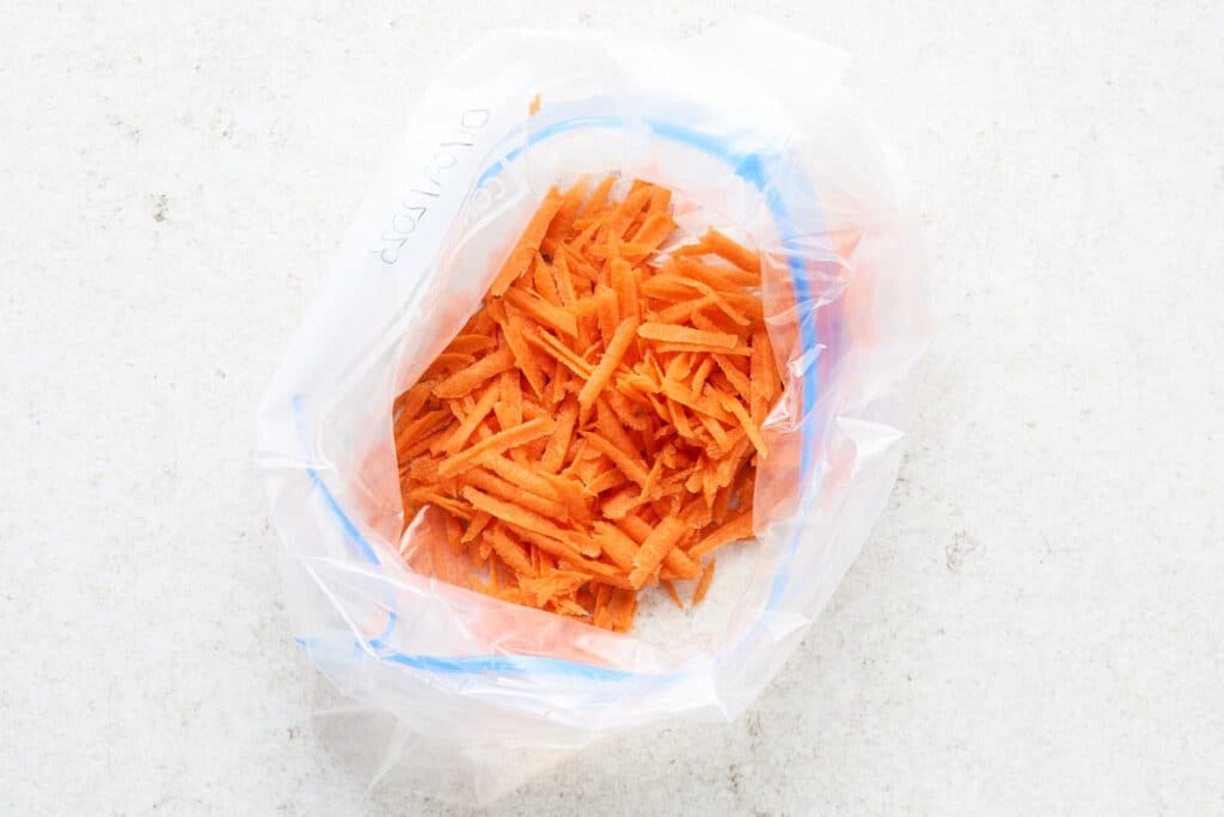

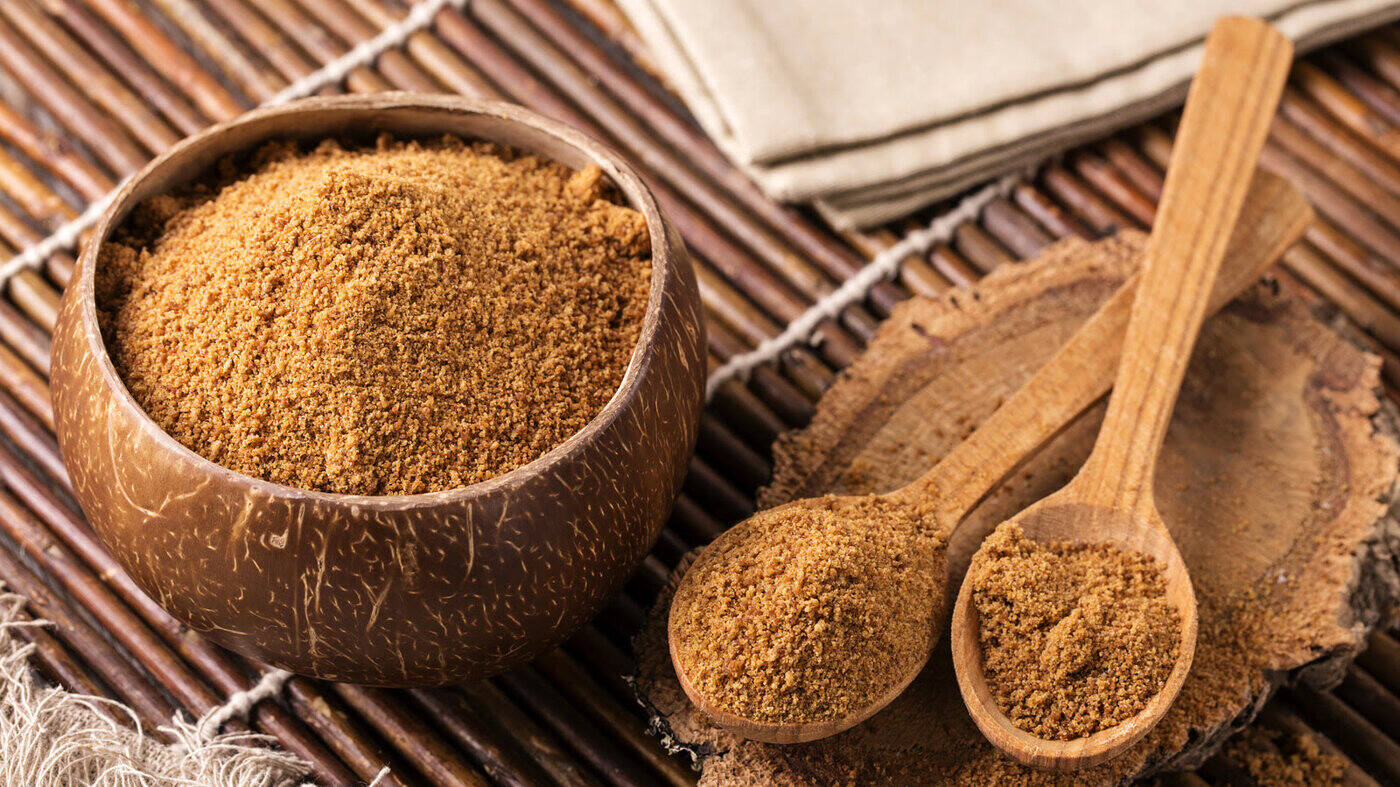
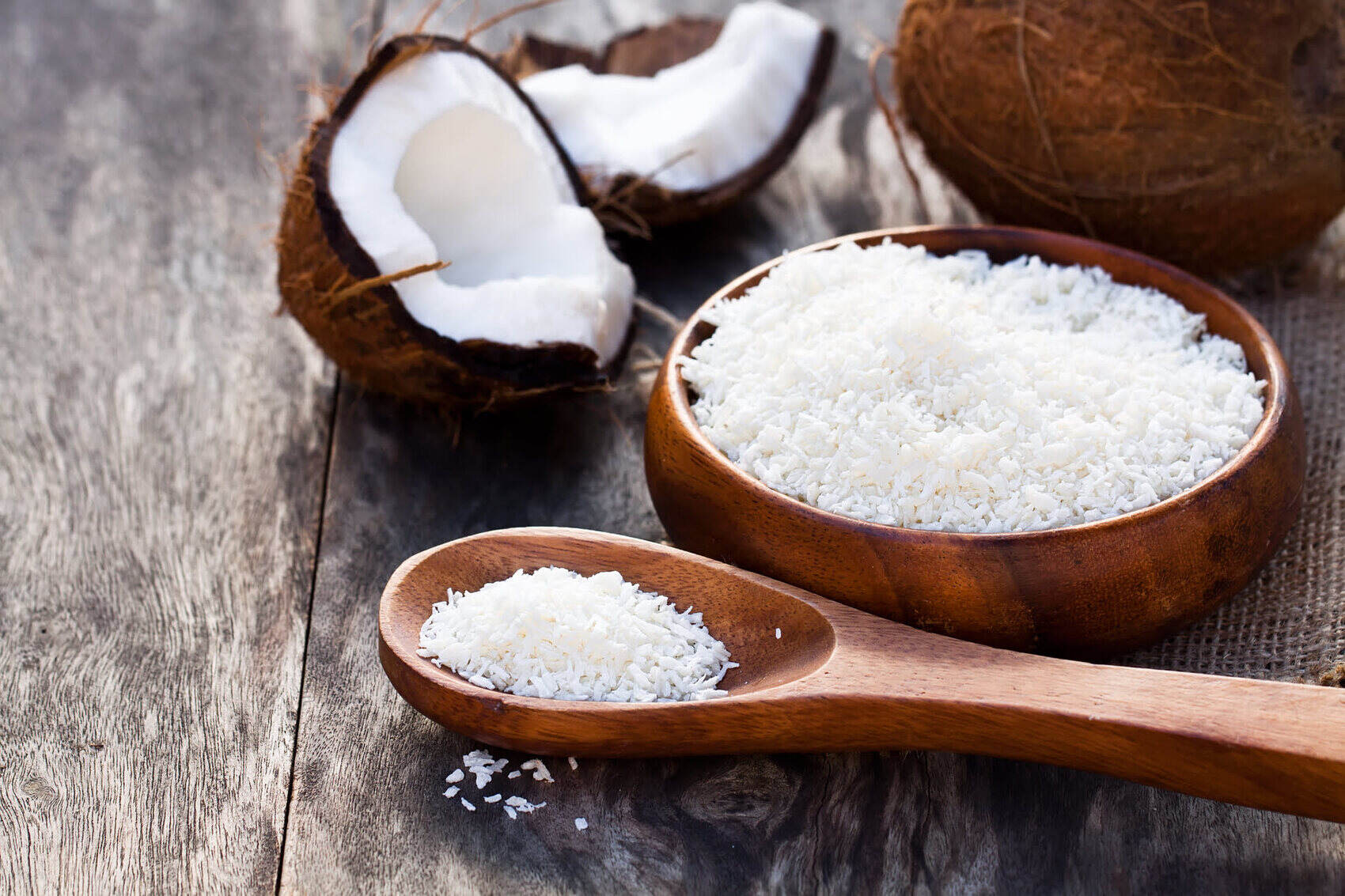
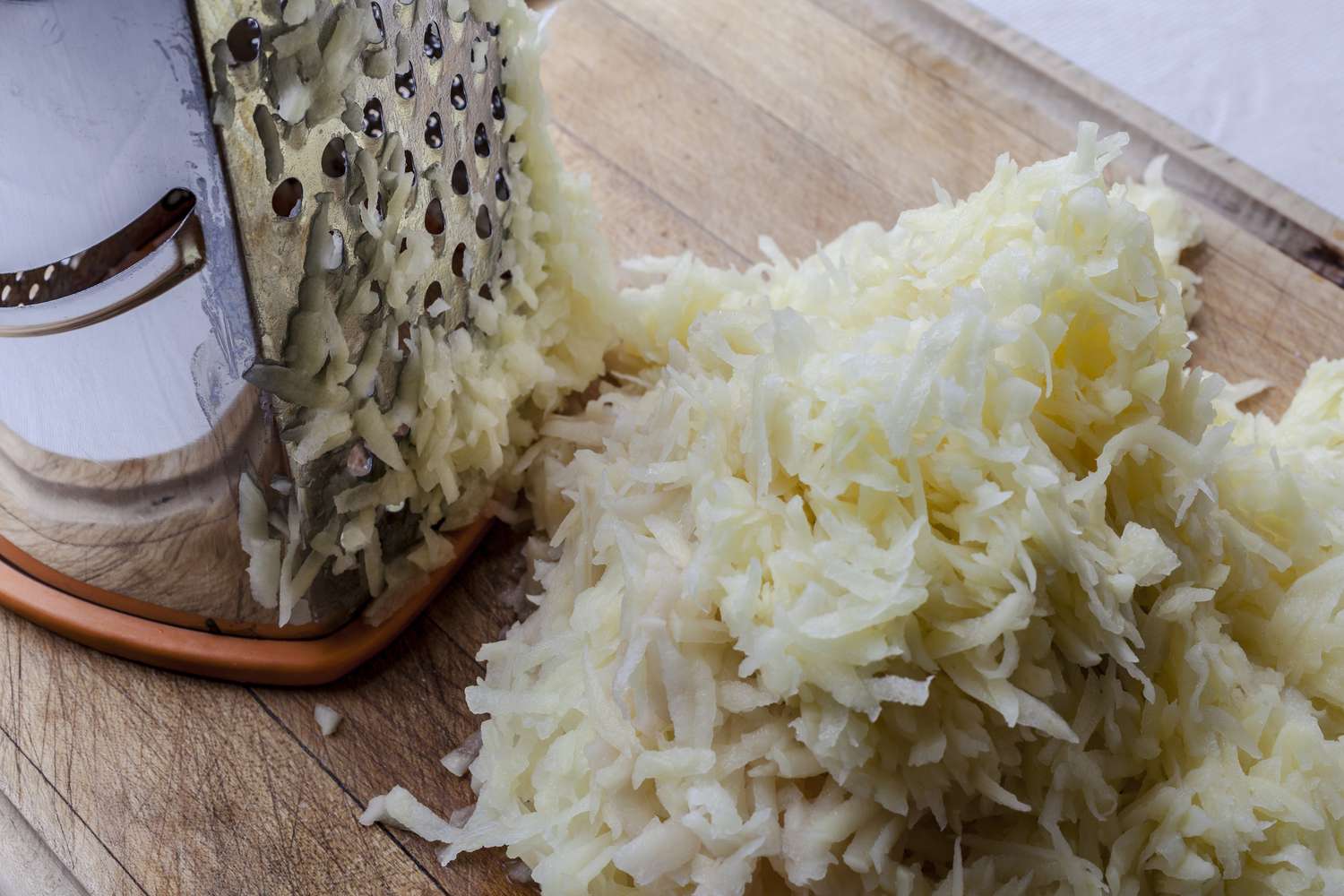
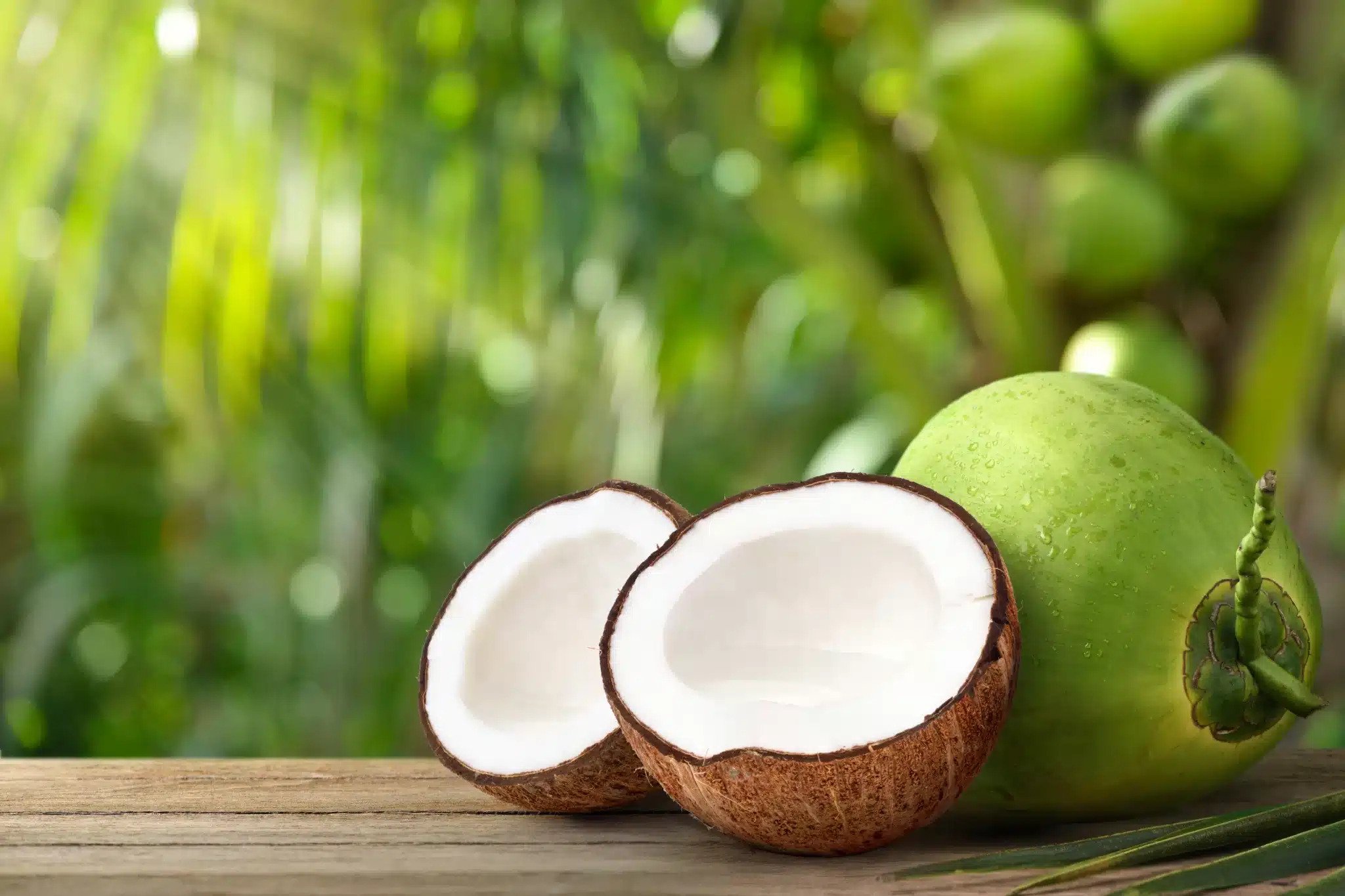
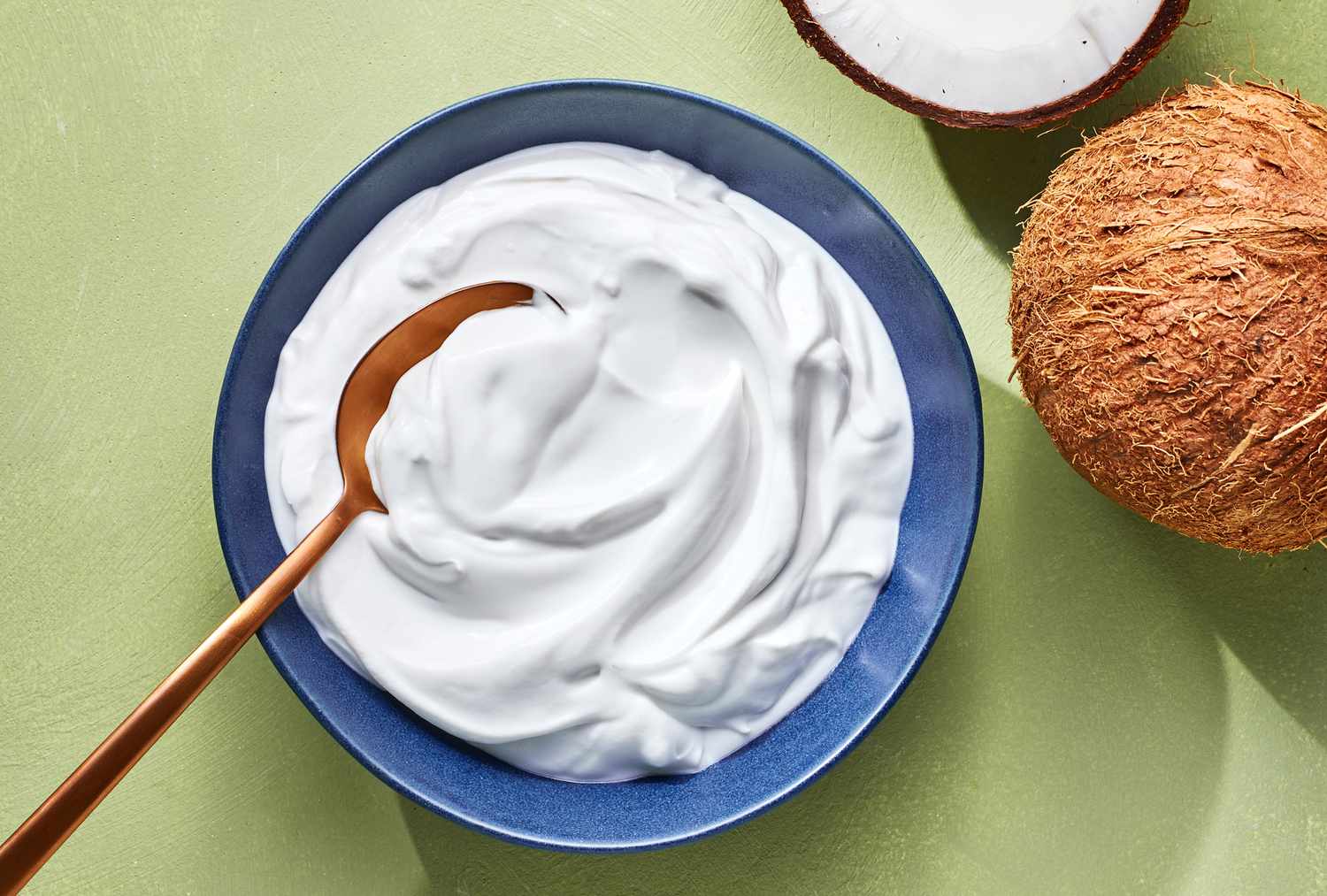
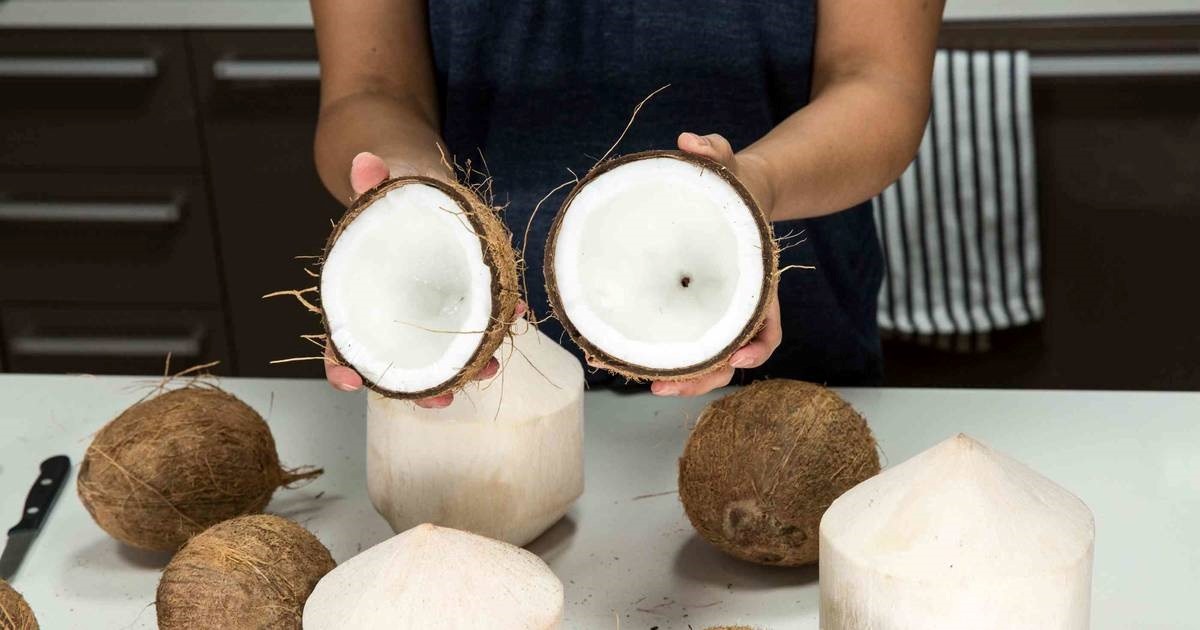

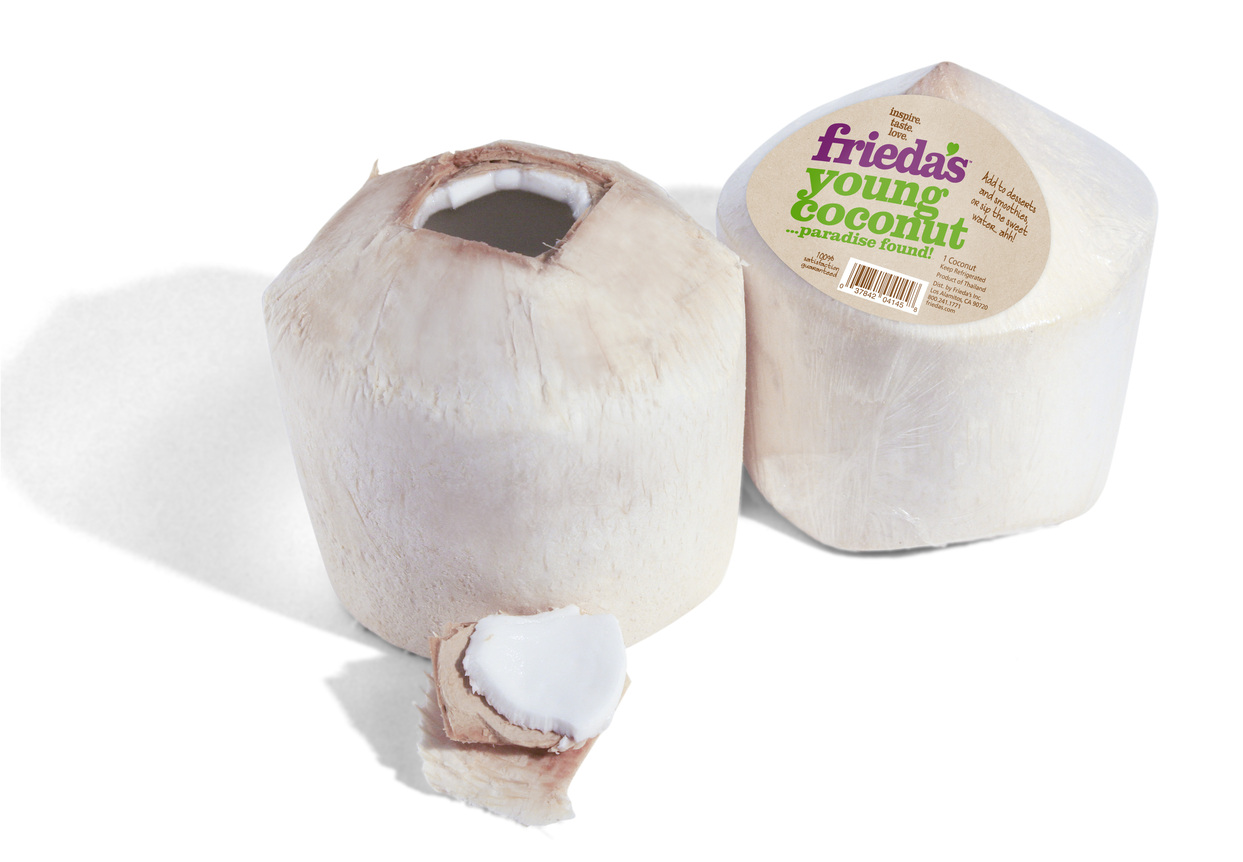
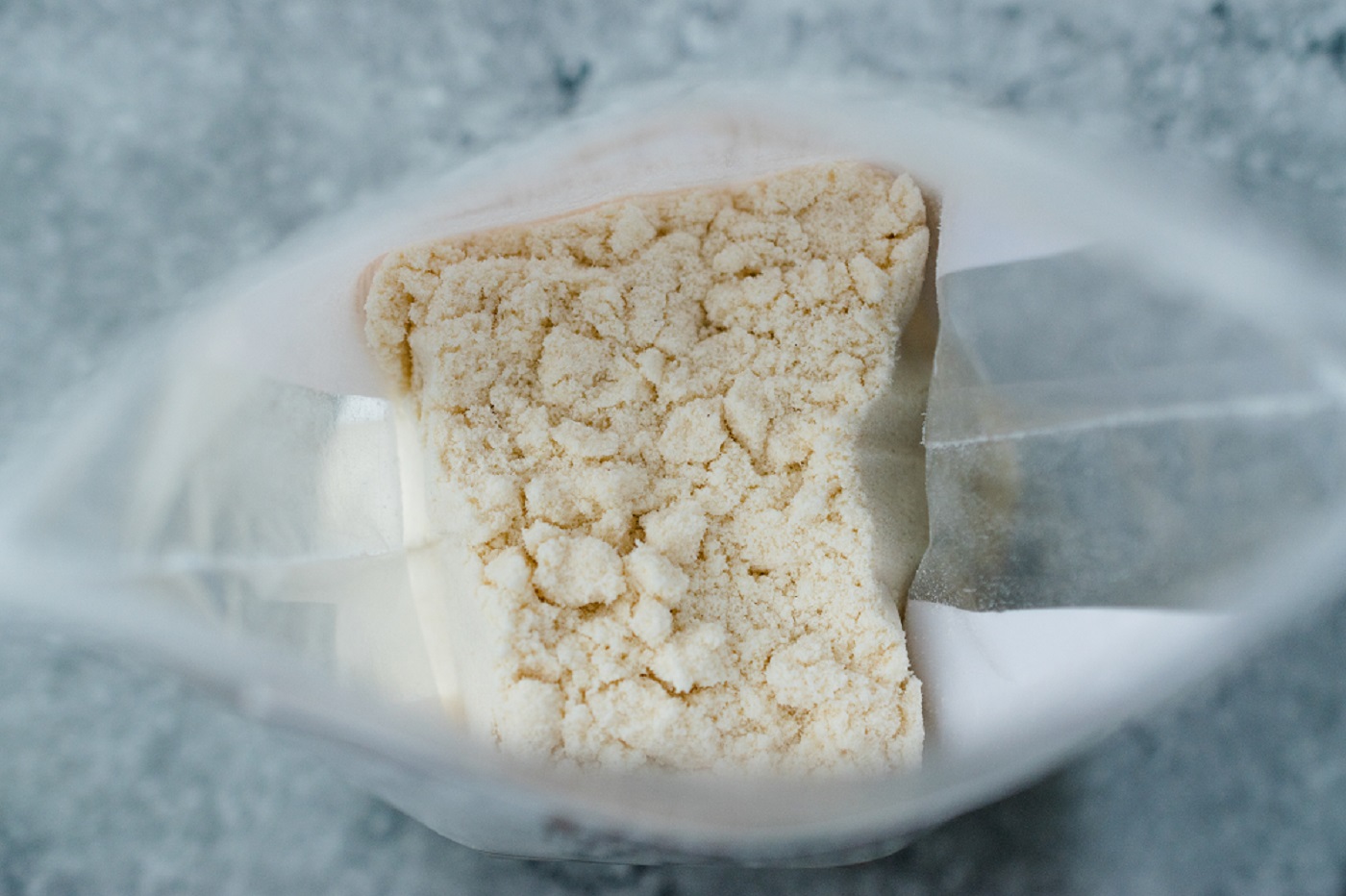
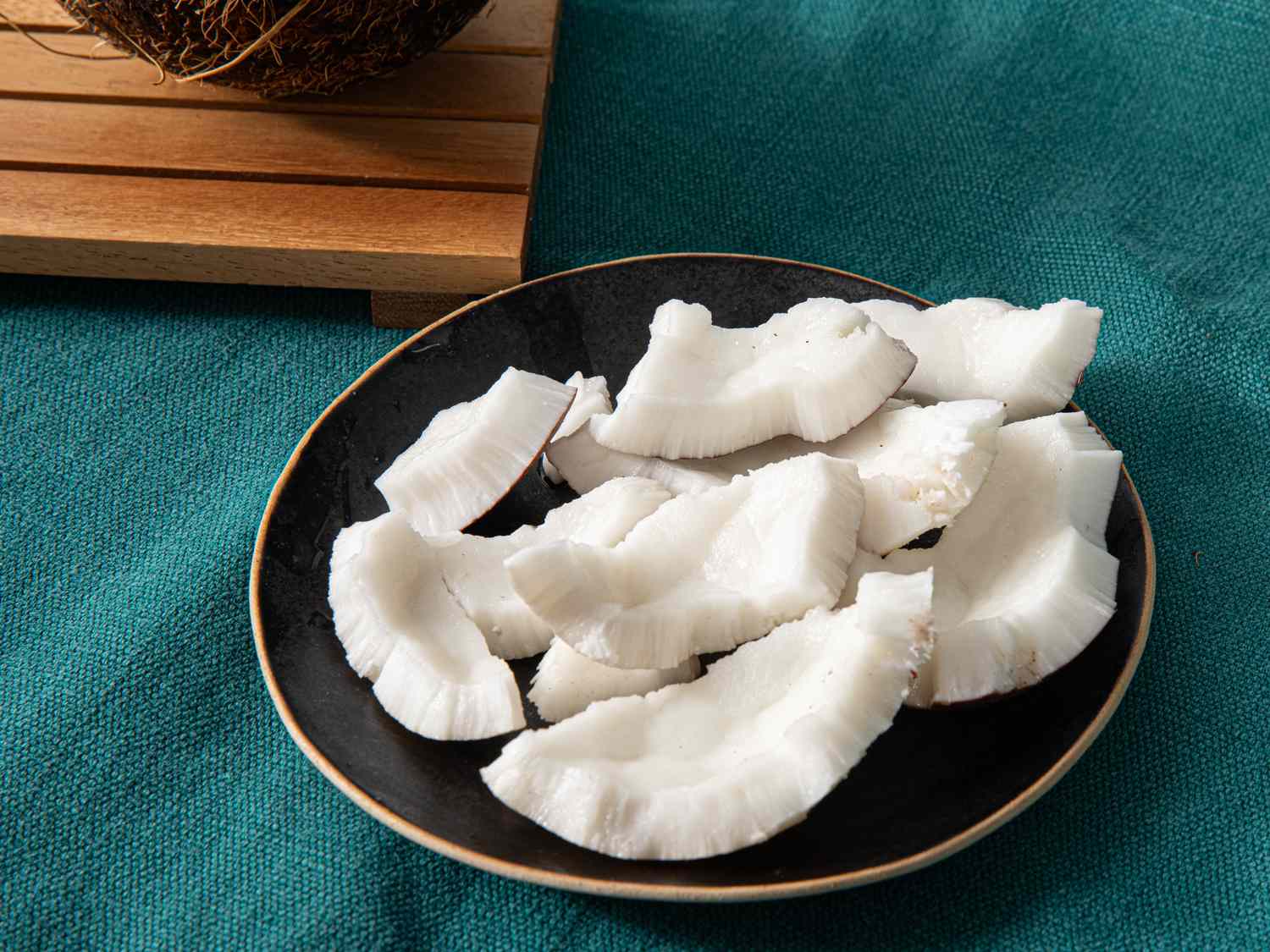

0 thoughts on “How To Store Shredded Coconut”